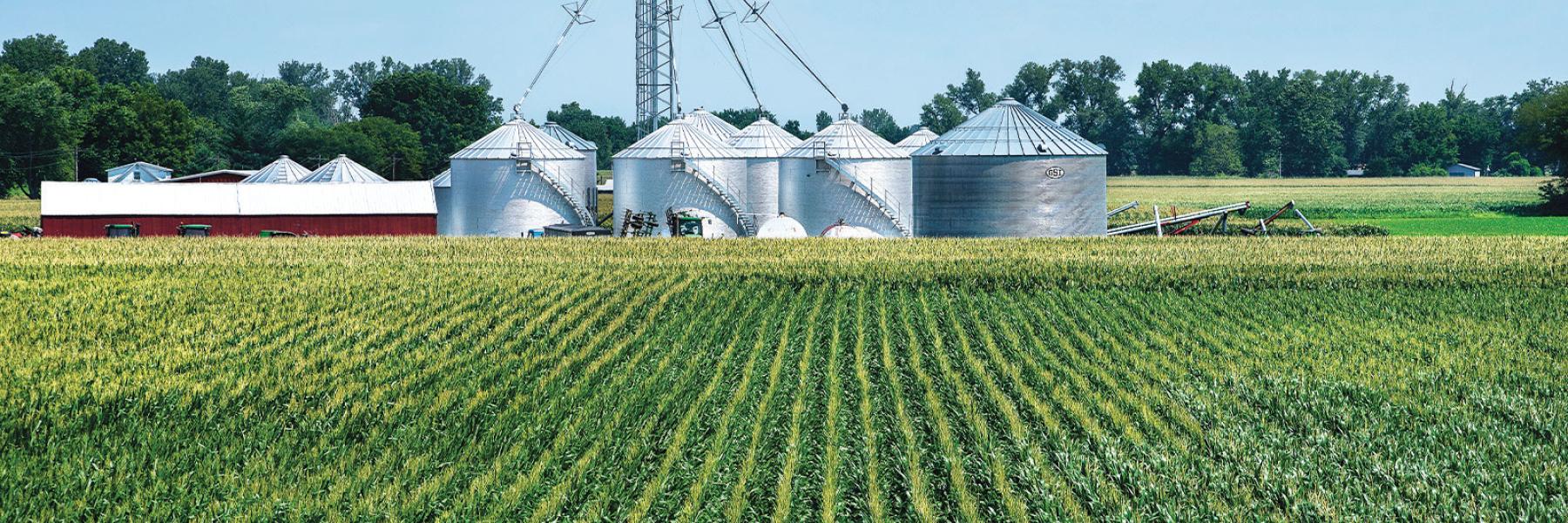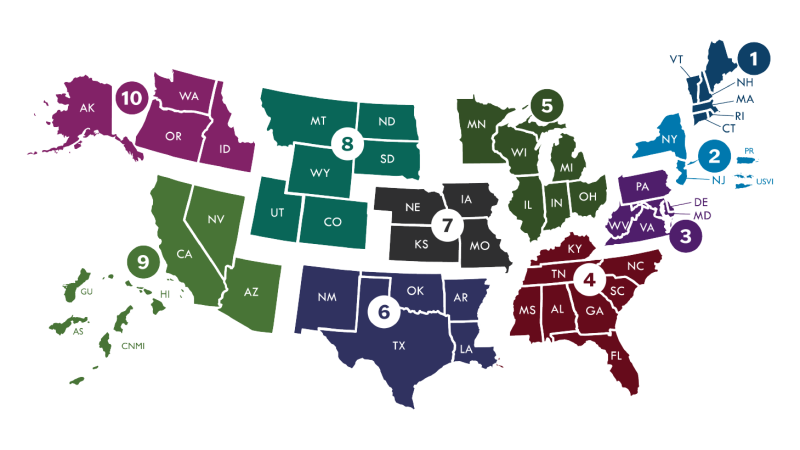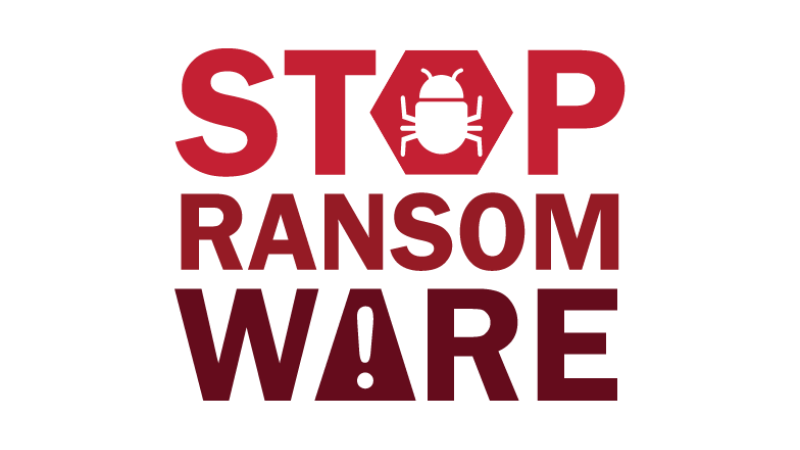
Food and Agriculture Sector
Overview
The U.S. Food and Agriculture Sector is almost entirely privately owned and composed of an estimated 1.9 million farms, over 700,000 restaurants, and more than 220,000 registered facilities in food manufacturing, processing, and storage. Agriculture, food, and related industries represent 5.6% of U.S. gross domestic product (GDP) and 10.4% of U.S. employment.
The Food and Agriculture Sector has critical dependencies with many sectors, including the following:
- Water and Wastewater Systems for clean irrigation and processed water
- Transportation Systems for movement of products and livestock
- Energy to power the equipment needed for agriculture production and food processing
- Chemical for fertilizers and pesticides used in the production of crops

Food and Agriculture Cybersecurity Fact Sheet
CISA has developed a Food and Agriculture Sector cybersecurity factsheet which provides voluntary steps, services, and resources at no cost to help mitigate against costly intrusions and malware.
Sector Resources and Working Groups
U.S. Department of Agriculture
USDA provides leadership on food, agriculture, natural resources, rural development, nutrition, and related issues based on public policy, the best available science, and effective management.
Food and Agriculture Working Group
View the agendas for the Food and Agriculture Sector working group meetings conducted under CIPAC from 2020 to present.
U.S. Food and Drug Administration
The U.S. Food and Drug Administration is responsible for protecting the public health by ensuring the safety, efficacy, and security of human and veterinary drugs, biological products, medical devices, food supply, and more.
USDA, FDA, AND FBI Joint CSA Regarding Business Email Compromise Schemes Used to Steal Food
USDA, FDA, and FBI issue a joint Cybersecurity Advisory detailing recently observed incidents of criminal actors using business email compromise to steal shipments of food products and ingredients valued at hundreds of thousands of dollars.
Additional Resources

Cyber Hygiene Services
Take advantage of CISA’s Cyber Hygiene services to significantly reduce risk, avoid surprises, sharpen your response, and broaden your security horizon. CISA's Cyber Hygiene services include vulnerability scanning and web application scanning.

Cybersecurity Performance Goals
Cybersecurity Performance Goals are a common set of protections that all critical infrastructure entities - from large to small - should implement to meaningfully reduce the likelihood and impact of known risks and adversary techniques.

Find Help Locally
CISA has 10 regional offices across the nation with personnel who collaborate with and offer a range of cyber and physical services to critical infrastructure partners and communities at the regional, state, county, tribal, and local levels.

Secure by Design
It’s time to build cybersecurity into the design and manufacture of technology products. Find out here what it means to be secure by design.

Stopransomware.gov
StopRansomware.gov is the U.S. Government's official one-stop location for resources to tackle ransomware more effectively.

Voluntary Cyber Incident Reporting
This page is designed to help entities that may be considering voluntarily reporting cyber incidents understand “who” CISA recommends report an incident, “why and when” CISA recommends they report, as well as “what and how to report.”




